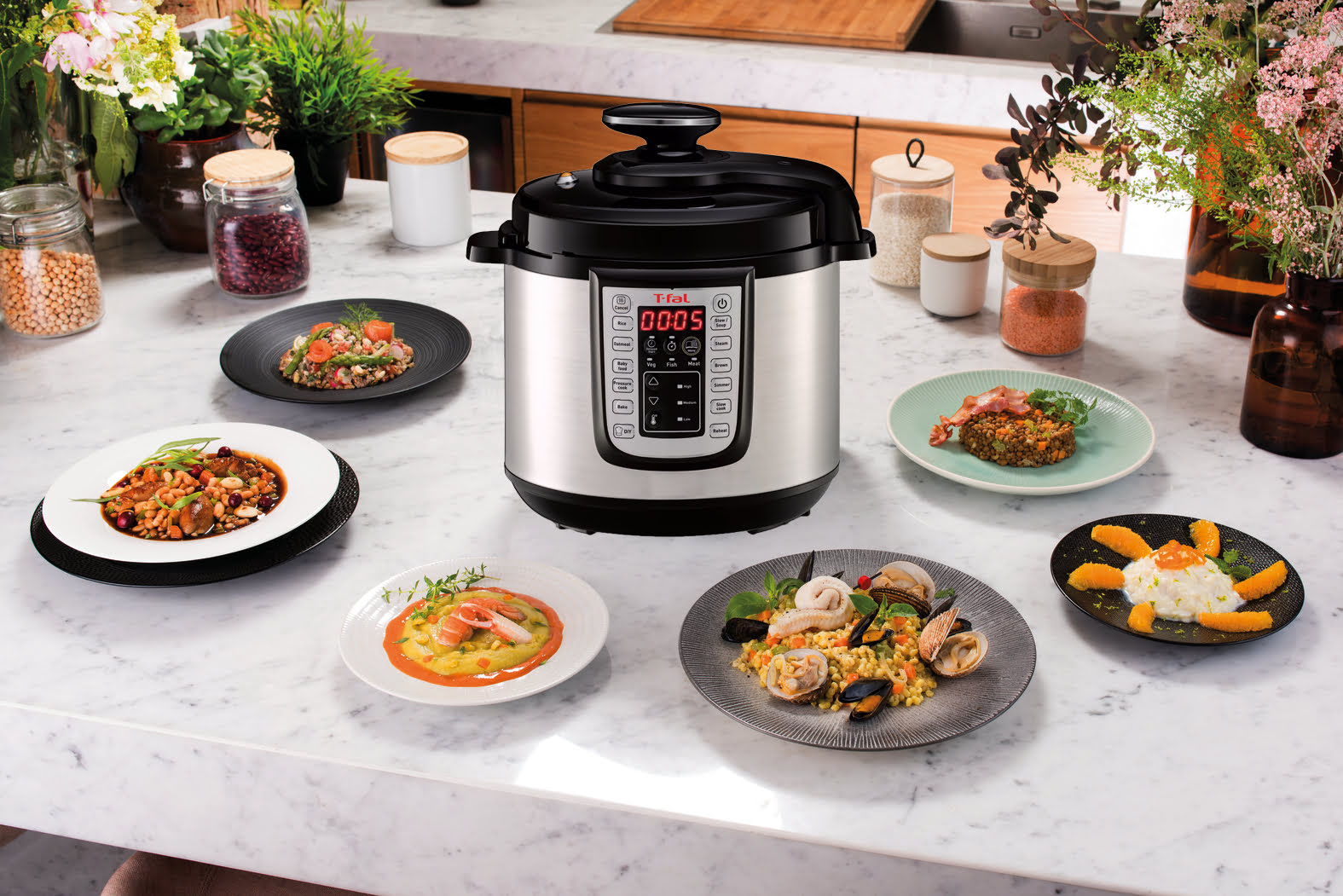

Articles
How To Use T-Fal Electric Pressure Cooker
Modified: August 23, 2024
Learn how to use the T-Fal Electric Pressure Cooker with these informative articles, packed with tips and tricks for delicious meals in no time.
(Many of the links in this article redirect to a specific reviewed product. Your purchase of these products through affiliate links helps to generate commission for Storables.com, at no extra cost. Learn more)
Introduction
Welcome to the wonderful world of T-Fal Electric Pressure Cookers – a convenient and efficient way to prepare delicious meals in a fraction of the time. Whether you are a seasoned cook or just starting out in the kitchen, using an electric pressure cooker can simplify your cooking process and provide you with consistent and flavorful results.
In this article, we will guide you through the ins and outs of using a T-Fal Electric Pressure Cooker. From safety precautions to cooking different types of food, we aim to equip you with the knowledge and confidence to make the most of this versatile kitchen appliance.
The T-Fal Electric Pressure Cooker is designed to save you time without compromising on taste. It utilizes high-pressure steam to cook food quickly, sealing in the flavors and nutrients. With its programmable settings and user-friendly interface, it takes the guesswork out of pressure cooking and allows you to effortlessly create a wide range of dishes – from tender meats to flavorful stews and even homemade yogurts.
Before we dive into the details, it is important to note that safety should always be the top priority when using any kitchen appliance. The T-Fal Electric Pressure Cooker is equipped with a variety of safety features, but it is still essential to follow the manufacturer’s instructions and guidelines to ensure a safe cooking experience.
Now, let’s get started with the safety precautions you need to know before using your T-Fal Electric Pressure Cooker.
Key Takeaways:
- Master the art of pressure cooking with the T-Fal Electric Pressure Cooker by following safety precautions, understanding its components, and adjusting cooking time and pressure settings for delicious and tender results.
- Keep your T-Fal Electric Pressure Cooker in optimal condition by practicing proper cleaning and maintenance, and overcome common challenges with troubleshooting tips to enjoy hassle-free and successful cooking experiences.
Read more: How To Use An Electric Pressure Cooker
Safety Precautions
Using the T-Fal Electric Pressure Cooker is generally safe as long as you follow some basic guidelines. Here are a few important safety precautions to keep in mind:
- Read the Instruction Manual: Before using your T-Fal Electric Pressure Cooker, thoroughly read the instruction manual provided by the manufacturer. Familiarize yourself with the appliance’s features, settings, and safety precautions. Understanding how to properly operate the pressure cooker will ensure safe and successful cooking.
- Inspect the Cooker: Before each use, carefully inspect the pressure cooker for any signs of wear or damage. Make sure the lid, gasket, and other components are in good condition. If you notice any cracks, dents, or malfunctions, refrain from using the pressure cooker and contact the manufacturer for assistance.
- Use Adequate Liquid: The T-Fal Electric Pressure Cooker requires a certain amount of liquid to generate steam and build pressure. Always ensure that you have enough liquid in the pot before starting the cooking process. Refer to the instruction manual for the minimum recommended liquid level for various recipes.
- Properly Close and Seal the Lid: Before pressurizing the cooker, make sure that the lid is securely closed and properly sealed. The lid should fit tightly in place, with the sealing ring in the correct position. This will prevent any steam from escaping and ensure that the pressure builds up inside the cooker as intended.
- Release Pressure Safely: When the cooking time is complete, it is crucial to release the pressure safely before opening the lid. Follow the manufacturer’s instructions for the recommended pressure release method, whether it is the quick release or natural release method. Never force open the lid if there is still pressure inside the cooker.
- Avoid Overfilling: Do not exceed the maximum fill line indicated inside the pressure cooker. Overfilling can cause the food to expand and block the vent, leading to potential safety hazards. Make sure to leave enough space for the food to expand during the cooking process.
- Keep Children Away: As with any hot kitchen appliance, it is important to keep children away from the T-Fal Electric Pressure Cooker during use. The external surfaces of the cooker can become extremely hot during the cooking process, posing a burn risk. Ensure that kids are at a safe distance and cannot access the cooker while it is in operation.
- Regular Maintenance: Proper cleaning and maintenance of the pressure cooker are essential for its safe and effective operation. Clean the various components, including the lid, gasket, and cooking pot, after each use according to the manufacturer’s instructions. Regularly check and replace any worn-out or damaged parts.
By following these safety precautions, you can confidently use your T-Fal Electric Pressure Cooker and enjoy the convenience and delicious meals it offers. Now that we have covered the safety guidelines, let’s move on to understanding the various features and functions of the pressure cooker.
Understanding the T-Fal Electric Pressure Cooker
The T-Fal Electric Pressure Cooker is a versatile and user-friendly kitchen appliance that allows you to cook a wide range of dishes with ease. Before diving into the cooking process, let’s take a moment to understand the various components and features of the pressure cooker.
1. Control Panel: The T-Fal Electric Pressure Cooker features a digital control panel on the front. This panel allows you to select different cooking modes, adjust cooking time and pressure settings, and monitor the progress of your cooking.
2. Lid: The lid of the pressure cooker is where the magic happens. It is designed to create a tight seal to lock in the steam and pressure during cooking. The lid also houses essential safety features such as the pressure release valve and the locking mechanism.
3. Pressure Release Valve: Located on the lid, the pressure release valve is responsible for controlling the pressure inside the cooker. It allows you to release the pressure quickly or naturally, depending on your recipe’s requirements and the desired cooking outcome.
4. Locking Mechanism: The T-Fal Electric Pressure Cooker is equipped with a secure locking mechanism that ensures the lid stays in place when the cooker is pressurized. This feature prevents any accidental opening during the cooking process.
5. Cooking Pot: The cooking pot, also known as the inner pot or insert, is where you place the ingredients for cooking. It is usually made of stainless steel and features measurement marks for easy portioning. The removable cooking pot is dishwasher-safe, making cleanup a breeze.
6. Sealing Ring/Gasket: The sealing ring, or gasket, is a crucial component of the pressure cooker. It forms a tight seal between the lid and the cooking pot, preventing steam from escaping. The sealing ring should be regularly inspected for any signs of wear and replaced if necessary.
7. Pressure Indicator: The pressure indicator is a small pin or tab on the lid that shows the pressure inside the cooker. It pops up when the pressure builds up and drops back down when the pressure is released, indicating when it is safe to open the lid.
8. Cooking Modes: The T-Fal Electric Pressure Cooker offers various cooking modes to suit different recipes. These modes may include options such as pressure cooking, slow cooking, sautéing, steaming, and more. The control panel allows you to easily select the desired cooking mode for your specific dish.
It is important to familiarize yourself with the different parts and functions of your T-Fal Electric Pressure Cooker before starting to cook. This knowledge will help you navigate through the cooking process smoothly and ensure optimal results.
Now that we have a good understanding of the T-Fal Electric Pressure Cooker, it’s time to get started with the cooking process. In the next section, we will guide you through the basic usage instructions to help you master the art of pressure cooking.
Getting Started with the T-Fal Electric Pressure Cooker
Now that you’re familiar with the components and features of the T-Fal Electric Pressure Cooker, it’s time to get started with the cooking process. Follow these basic usage instructions to begin your journey into pressure cooking:
- Read the Instruction Manual: Before using your T-Fal Electric Pressure Cooker, it is essential to read the instruction manual provided by the manufacturer. The manual will provide you with step-by-step instructions specific to your model, ensuring you have a thorough understanding of how to operate the pressure cooker safely and effectively.
- Preparation: Start by selecting a recipe that suits your preferences or dietary needs. Ensure you have all the necessary ingredients on hand, and prepare them according to the recipe’s instructions. This may involve chopping vegetables, marinating meats, or measuring out spices and liquids.
- Add Liquid: In most pressure cooking recipes, you will need to include a liquid component to create steam and build pressure. This liquid can be water, broth, or any other flavorful liquid that complements your dish. The pressure cooker’s instruction manual will indicate the minimum amount of liquid required for proper pressure cooking.
- Add Ingredients: Once you’ve added the required amount of liquid, add your prepared ingredients to the cooking pot. Ensure that you do not exceed the maximum fill line indicated on the pot to avoid any potential hazards. Securely close the lid, making sure it is properly sealed.
- Select Cooking Mode: Depending on your recipe, select the appropriate cooking mode on the control panel. The T-Fal Electric Pressure Cooker offers a variety of cooking modes, including pressure cooking, slow cooking, sautéing, and more. Refer to your recipe or consult the instruction manual to determine the correct cooking mode.
- Set Cooking Time: Use the control panel to set the desired cooking time for your recipe. The cooking time may vary depending on the ingredients and cooking mode selected. The pressure cooker will automatically start cooking once the desired time is set.
- Build Pressure: The pressure cooker will begin heating the liquid and building pressure inside. You may notice steam escaping from the pressure release valve during this process. Once the desired pressure level is reached, the cooking timer will start counting down.
- Cooking Process: The pressure cooker will maintain the set pressure and temperature throughout the cooking process. The ingredients will cook quickly and evenly under the high-pressure environment, resulting in tender and flavorful dishes.
- Pressure Release: Once the cooking time is complete, it is important to release the pressure before opening the lid. Follow the manufacturer’s instructions on how to safely release the pressure. This may involve quick release or natural release methods. Be cautious when handling the pressure release valve as hot steam will be released. Only open the lid when the pressure indicator has dropped, indicating that it is safe to do so.
- Serve and Enjoy: Carefully remove the lid and admire your perfectly cooked dish. Give it a gentle stir and serve it hot. The T-Fal Electric Pressure Cooker ensures that the flavors are locked in, providing you with delicious and tender results.
By following these steps, you will be on your way to becoming a master of the T-Fal Electric Pressure Cooker. Don’t be afraid to experiment with different recipes and cooking modes to discover new and savory creations. In the next section, we will explore how to adjust cooking time and pressure settings to achieve your desired results.
Basic Usage Instructions
Using the T-Fal Electric Pressure Cooker is simple and straightforward. Once you have familiarized yourself with the different components and features, follow these basic usage instructions to make the most of your pressure cooking experience:
- Preparation: Start by preparing your ingredients as instructed by your recipe. This may involve chopping vegetables, marinating meats, or measuring out spices and liquids.
- Add Liquid: Most pressure cooking recipes require a certain amount of liquid to create steam and build pressure. Add the necessary liquid, such as water or broth, to the cooking pot. Consult your recipe or the instruction manual for the minimum required liquid measurement.
- Add Ingredients: Place your prepared ingredients into the cooking pot, ensuring you don’t exceed the maximum fill line indicated inside. Securely close the lid by aligning it properly and twisting it to lock it in place.
- Select Cooking Mode: Use the control panel to select the desired cooking mode. The T-Fal Electric Pressure Cooker offers various cooking modes such as pressure cooking, slow cooking, sautéing, and steaming. Choose the mode that best suits your recipe.
- Set Cooking Time: Adjust the cooking time using the control panel. This will vary depending on your recipe and the cooking mode selected. Refer to your recipe or consult the instruction manual for the recommended cooking time.
- Adjust Pressure Settings: Some T-Fal Electric Pressure Cookers allow you to adjust the pressure level. This is particularly useful when cooking delicate ingredients. Consult the instruction manual to understand how to adjust the pressure settings, if applicable.
- Start Cooking: Once you have selected the cooking mode, cooking time, and pressure settings (if adjustable), press the start button to begin the cooking process.
- Monitor the Cooking: The T-Fal Electric Pressure Cooker will now heat up, build pressure, and cook the ingredients. The control panel will display the cooking time remaining, allowing you to monitor the progress.
- Release Pressure: After the cooking time is complete, it is important to release the pressure before opening the lid. Follow the manufacturer’s instructions for the recommended pressure release method, whether it is the quick release or natural release method.
- Serve and Enjoy: Once the pressure has been released and it is safe to open the lid, carefully remove it and give the contents a gentle stir. Your deliciously cooked meal is now ready to be served and enjoyed!
These basic usage instructions will help you get started with your T-Fal Electric Pressure Cooker. As you become more comfortable and experienced, feel free to explore different recipes and experiment with various cooking modes and ingredients. The next section will provide guidance on adjusting cooking time and pressure settings to achieve your desired culinary results.
When using a T-Fal electric pressure cooker, always make sure to carefully follow the recommended cooking times and pressure settings for different types of food to ensure the best results and safety.
Read also: 10 Amazing T-Fal Rice Cooker For 2025
Adjusting Cooking Time and Pressure Settings
One of the advantages of using the T-Fal Electric Pressure Cooker is its ability to adjust cooking time and pressure settings according to your preferences and recipe requirements. Here’s a guide on how to make these adjustments:
1. Cooking Time:
The cooking time can be adjusted on the control panel of your T-Fal Electric Pressure Cooker. Depending on the recipe and your desired level of doneness, you may need to increase or decrease the cooking time. Keep the following factors in mind when adjusting the cooking time:
- Density of Ingredients: Hearty vegetables and larger cuts of meat may require longer cooking times to become tender. Conversely, delicate vegetables and smaller cuts of meat will require shorter cooking times to avoid overcooking.
- Recipe Instructions: Many recipes provide a recommended cooking time, but it’s important to remember that these times may not be perfect for every individual cooker or personal preference. Adjust the cooking time based on your experience and desired outcome.
- Taste and Texture: Adjust the cooking time to achieve the preferred taste and texture of your dishes. For example, if you prefer your vegetables to be softer, increase the cooking time slightly. If you like your grains to be al dente, reduce the cooking time accordingly.
2. Pressure Settings:
Some T-Fal Electric Pressure Cookers offer the ability to adjust the pressure level. This is particularly useful when cooking delicate ingredients that may require lower pressure. Keep the following in mind when adjusting pressure settings:
- Initial Pressure Cooking: For most recipes, start with the default pressure setting unless your recipe specifically recommends a different setting. The default pressure level is typically the standard setting for cooking a wide range of dishes.
- Lower Pressure Setting: If your recipe calls for delicate ingredients or foods that are prone to overcooking, such as seafood or certain vegetables, consider reducing the pressure setting. Lower pressure allows for more gentle and precise cooking, resulting in tender and perfectly cooked dishes.
- Higher Pressure Setting: On the other hand, if you’re cooking tough cuts of meat or foods that require thorough tenderization, you may want to increase the pressure level. Higher pressure helps to break down fibers and achieve the desired tenderness in less time.
When adjusting cooking time or pressure settings, it’s advisable to make small changes and take note of the results. Keep a record of your adjustments and experiment until you achieve your desired culinary outcomes.
Remember, the T-Fal Electric Pressure Cooker is designed to provide consistent and efficient cooking. By adjusting the cooking time and pressure settings, you can further customize your cooking experience and create delicious meals to suit your taste and preferences.
In the next section, we will discuss how to cook different types of food using your T-Fal Electric Pressure Cooker.
Cooking Different Types of Food
The T-Fal Electric Pressure Cooker offers incredible versatility when it comes to cooking different types of food. From meats and poultry to grains, vegetables, and even desserts, this appliance can handle a wide range of recipes. Here’s a guide on how to cook different types of food using your T-Fal Electric Pressure Cooker:
1. Meats and Poultry:
Cooking meats and poultry in the T-Fal Electric Pressure Cooker is a great way to achieve tender and juicy results. Here are some general guidelines:
- Large Cuts of Meat: For larger cuts of meat, such as roasts or whole chickens, sear the meat first to enhance flavor and texture. Then, follow the recipe instructions for the recommended cooking time and pressure level.
- Smaller Cuts of Meat: For smaller cuts like chicken breasts or pork chops, you can directly add them to the pot without searing. Adjust the cooking time accordingly, keeping in mind the desired level of doneness.
- Stew and Braised Dishes: The T-Fal Electric Pressure Cooker excels at cooking stews, braised dishes, and other one-pot meals. Follow your recipe instructions for layering ingredients and select the appropriate cooking mode and time.
2. Grains and Legumes:
Pressure cooking is perfect for cooking grains, such as rice, quinoa, or barley, and legumes, like beans or lentils. Here’s what you need to know:
- Ratios: Follow the recommended liquid-to-grain or legume ratios provided in your recipe. Adjust the cooking time based on the type and quantity of grains or legumes you are cooking.
- Pre-Soaking: Some grains and legumes benefit from soaking before pressure cooking. Check your recipe or consult the instruction manual for specific pre-soaking instructions.
- Quick Cooking: Pressure cooking drastically reduces the cooking time for grains and legumes. Be cautious not to overcook them, as they can become mushy if cooked for too long.
3. Vegetables:
Pressure cooking vegetables helps to retain their nutrients and vibrant colors. Keep these tips in mind:
- Cut for Even Cooking: Cut your vegetables into uniform sizes to ensure even cooking. Harder vegetables like carrots or potatoes may require slightly longer cooking times than softer vegetables like broccoli or zucchini.
- Steaming: Use a steamer basket or rack insert to steam vegetables in the pressure cooker. This method helps preserve their texture and prevents them from becoming too soft. Follow recipe instructions for steaming times.
- Quick Release or Natural Release: To maintain the crispness of vegetables, consider using the quick release method to release pressure. This will prevent them from becoming overcooked from the residual heat.
4. Desserts:
Yes, your T-Fal Electric Pressure Cooker can even be used to make mouthwatering desserts. Here are some ideas:
- Cheesecakes: Pressure cooking cheesecakes creates a smooth and creamy texture. Follow a pressure cooker cheesecake recipe and adjust the cooking time as indicated.
- Poached Fruits: You can quickly poach fruits like pears, apples, or peaches in the pressure cooker. Add your fruits with a sweet liquid and select the appropriate cooking time.
- Rice Pudding: Comforting desserts like rice pudding can be easily prepared in the pressure cooker. Adjust the cooking time to achieve the desired creaminess of your pudding.
Remember to always refer to recipe instructions for specific cooking guidelines and adjust the cooking time and pressure settings accordingly. The T-Fal Electric Pressure Cooker provides you with endless possibilities to explore in the kitchen. In the next section, we will discuss cleaning and maintenance tips to keep your pressure cooker in optimal condition.
Cleaning and Maintenance
Proper cleaning and maintenance of your T-Fal Electric Pressure Cooker are crucial for its longevity and continued performance. Here are some important cleaning and maintenance tips to keep your pressure cooker in optimal condition:
1. Unplug and Cool Down: Before starting the cleaning process, ensure that the pressure cooker is unplugged and completely cooled down. This will prevent any accidents or injuries caused by hot surfaces.
2. Disassemble and Clean: Start by disassembling the pressure cooker. Remove the cooking pot, sealing ring/gasket, and any other detachable parts. Wash them separately using warm soapy water, rinse thoroughly, and dry them before reassembling.
3. Cleaning the Lid and Exterior: Use a damp cloth or sponge to clean the lid and exterior surfaces of the pressure cooker. Gently wipe away any food residue or stains. Avoid using abrasive cleaners or scrubbers that may damage the finish.
4. Sealing Ring Maintenance: The sealing ring, or gasket, can retain odors from cooked food. To remove any lingering odors, you can soak the sealing ring in a mixture of white vinegar and water for a few hours. Rinse it thoroughly and allow it to dry completely before reattaching.
5. Cleaning the Pressure Release Valve: The pressure release valve is an important component that must be kept clean to ensure proper functionality. Use a small brush or pipe cleaner to remove any food particles or debris that may be stuck in the valve.
6. Descaling: Over time, mineral deposits may build up on the bottom of the cooking pot. To remove these deposits, you can use a mixture of vinegar and water. Fill the pot with the mixture and let it sit for a few hours. Then, scrub the bottom gently with a non-abrasive brush or sponge. Rinse thoroughly to remove any vinegar residue.
7. Regular Maintenance: It is important to regularly inspect and replace any worn-out or damaged parts. Check the sealing ring for signs of wear and tear, such as cracks or tears, and replace it if necessary. Keep an eye on the pressure release valve and other components to ensure they are functioning properly.
8. Storage: Store your T-Fal Electric Pressure Cooker in a clean and dry place when not in use. Ensure that all detachable parts are completely dry before storing them to prevent mold or mildew growth.
By following these cleaning and maintenance tips, you can help prolong the life of your T-Fal Electric Pressure Cooker and keep it in excellent condition. Regular cleaning and proper maintenance will ensure that your pressure cooker continues to provide you with delicious meals for years to come.
If you encounter any issues or have specific maintenance questions, refer to the instruction manual provided by the manufacturer or reach out to their customer support for assistance.
In the final section, we will provide some troubleshooting tips to help you overcome common issues that you may encounter while using your T-Fal Electric Pressure Cooker.
Troubleshooting Tips
While the T-Fal Electric Pressure Cooker is designed to provide hassle-free cooking, you may encounter some common issues along the way. Here are a few troubleshooting tips to help you overcome these challenges:
1. Lid Not Sealing Properly:
- Ensure that the sealing ring/gasket is properly installed and in good condition. A damaged or incorrectly positioned gasket can prevent the lid from sealing correctly. Replace the gasket if necessary.
- Check if there are any food particles or debris stuck in the lid or sealing ring. Clean the lid and sealing ring thoroughly to ensure a proper seal.
- Make sure the lid is aligned correctly and twisted into place. If it is not properly aligned, it may not seal tightly.
2. Pressure Not Building Up:
- Confirm that the pressure release valve is closed during cooking. If it is partially or fully open, the pressure will not build up inside the cooker. Close the valve tightly.
- Check if there is enough liquid in the pot. Insufficient liquid can prevent the pressure from building up. Add the recommended amount of liquid as per the recipe instructions.
- Ensure that the sealing ring is clean and properly seated. A dirty or improperly positioned sealing ring can cause pressure to escape. Clean and reposition the sealing ring if necessary.
3. Overheating or Burning:
- Avoid overfilling the pressure cooker. The maximum fill line should not be exceeded to prevent food from blocking the pressure release valve or causing the contents to bubble over.
- Ensure that there is enough liquid in the pot. Insufficient liquid can lead to overheating or burning. Follow the recipe instructions for the recommended amount of liquid.
- Check the cooking time and adjust as necessary. Overcooking can lead to overheating or burning. Reduce the cooking time if needed, particularly for delicate ingredients.
4. Error Messages or Malfunctions:
- If you encounter error messages or notice any malfunctions, consult the instruction manual for troubleshooting instructions specific to your T-Fal Electric Pressure Cooker model.
- Ensure that all parts are properly assembled and in good condition. Check for any loose connections or damaged components.
- If the issue persists, contact the manufacturer’s customer support for further assistance and guidance.
Remember to always follow the manufacturer’s instructions and guidelines when troubleshooting issues with your T-Fal Electric Pressure Cooker. If you are unsure or encounter persistent problems, seek assistance from the manufacturer or authorized service centers.
By keeping these troubleshooting tips in mind, you can overcome common challenges and enjoy a smooth and successful cooking experience with your T-Fal Electric Pressure Cooker.
Now that you have learned about safety precautions, how to use the pressure cooker, cleaning and maintenance, and troubleshooting tips, you are well-equipped to make the most of your T-Fal Electric Pressure Cooker. Happy pressure cooking and enjoy the delicious meals you can create with this versatile kitchen appliance!
Note: Always refer to the instruction manual provided by the manufacturer for specific guidelines and information related to your T-Fal Electric Pressure Cooker model.
Conclusion
Congratulations! You have now become well-versed in using the T-Fal Electric Pressure Cooker. With its convenient features and efficient cooking capabilities, this kitchen appliance can revolutionize the way you prepare meals. By following the safety precautions, understanding the components, and mastering the basic usage instructions, you can confidently explore the wide range of dishes you can cook with your pressure cooker.
Through adjusting cooking time and pressure settings, you have the flexibility to customize your cooking experience and achieve the desired results for different types of food. Whether you’re cooking meats and poultry, grains and legumes, vegetables, or even desserts, your T-Fal Electric Pressure Cooker will help you create flavorful and tender dishes with ease.
Remember to maintain your pressure cooker by practicing proper cleaning and maintenance routines. Regularly inspect and replace any worn-out or damaged parts to ensure optimal performance. By taking these steps, you can enjoy the benefits of your T-Fal Electric Pressure Cooker for years to come.
Should you encounter any issues, the troubleshooting tips provided in this article will help you overcome common challenges. Always refer to the instruction manual or seek assistance from the manufacturer’s customer support if needed.
Now, armed with the knowledge and skills to maximize your T-Fal Electric Pressure Cooker, it’s time to unleash your creativity in the kitchen. Whip up delicious and nutritious meals for yourself, your family, and your loved ones. Experiment with different recipes, flavors, and cooking techniques to discover new culinary delights.
Thank you for joining us on this journey of understanding and using the T-Fal Electric Pressure Cooker. We hope this article has empowered you to confidently explore the world of pressure cooking in a safe and enjoyable manner. Happy cooking!
Frequently Asked Questions about How To Use T-Fal Electric Pressure Cooker
Was this page helpful?
At Storables.com, we guarantee accurate and reliable information. Our content, validated by Expert Board Contributors, is crafted following stringent Editorial Policies. We're committed to providing you with well-researched, expert-backed insights for all your informational needs.

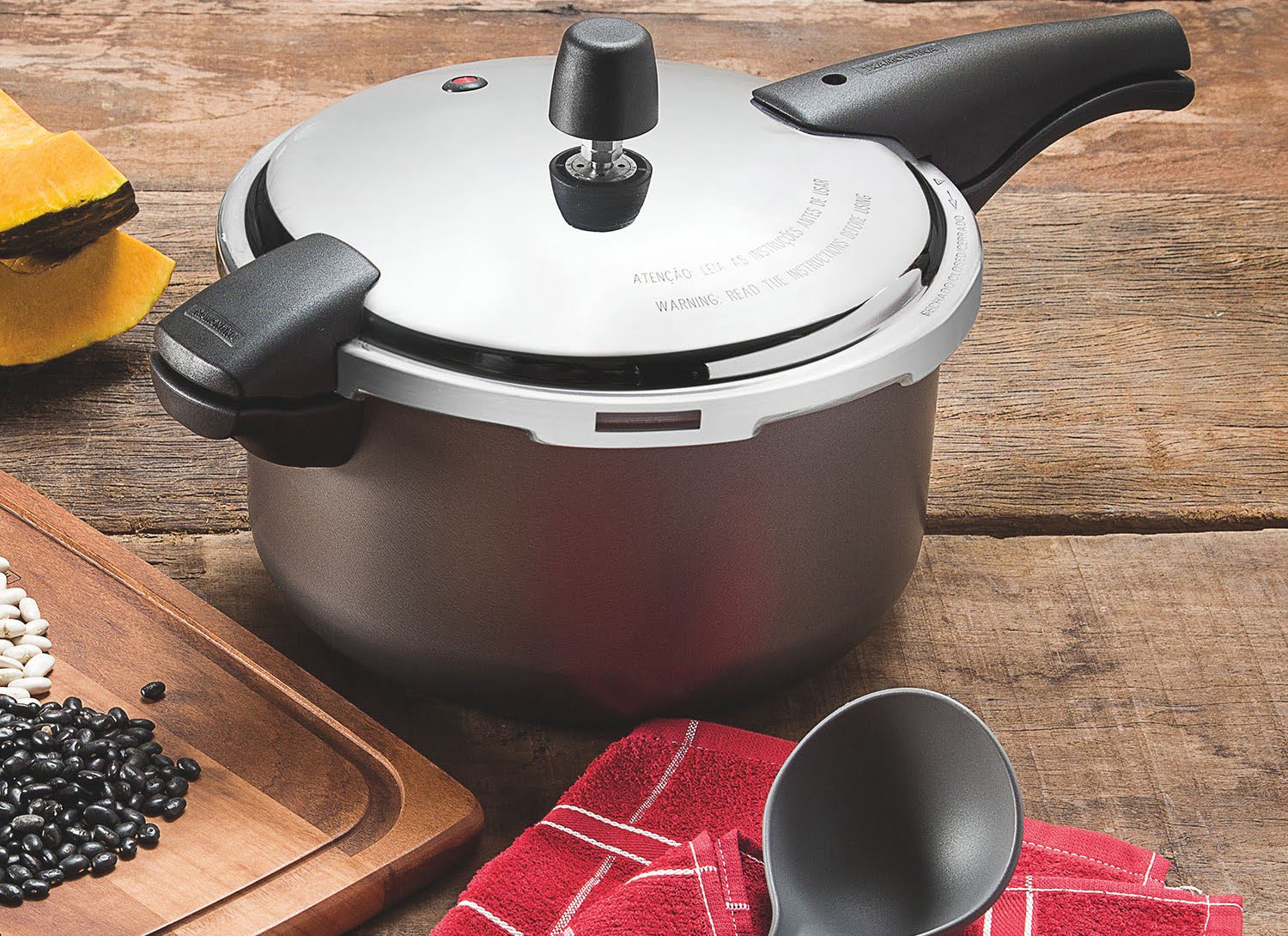
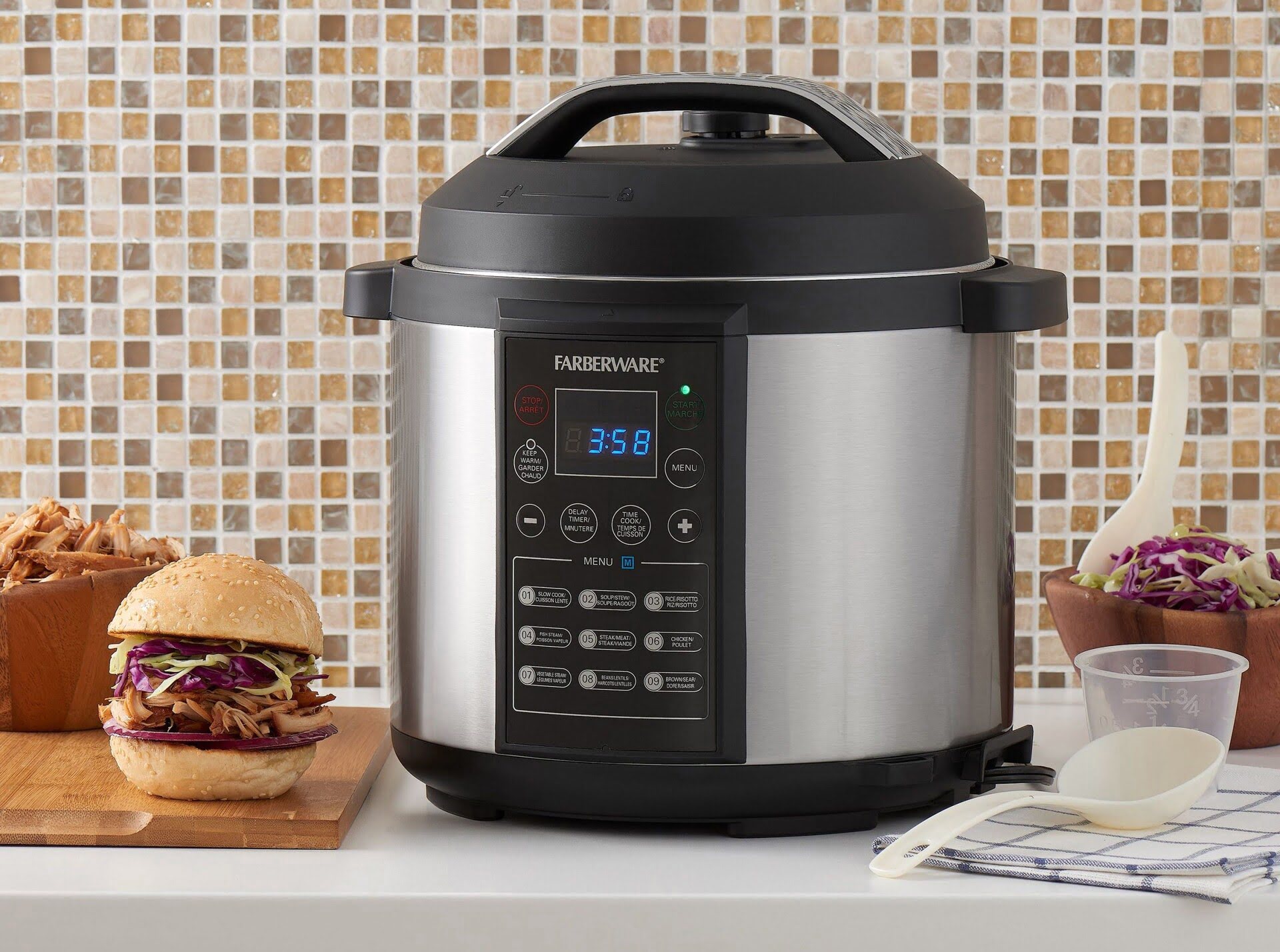
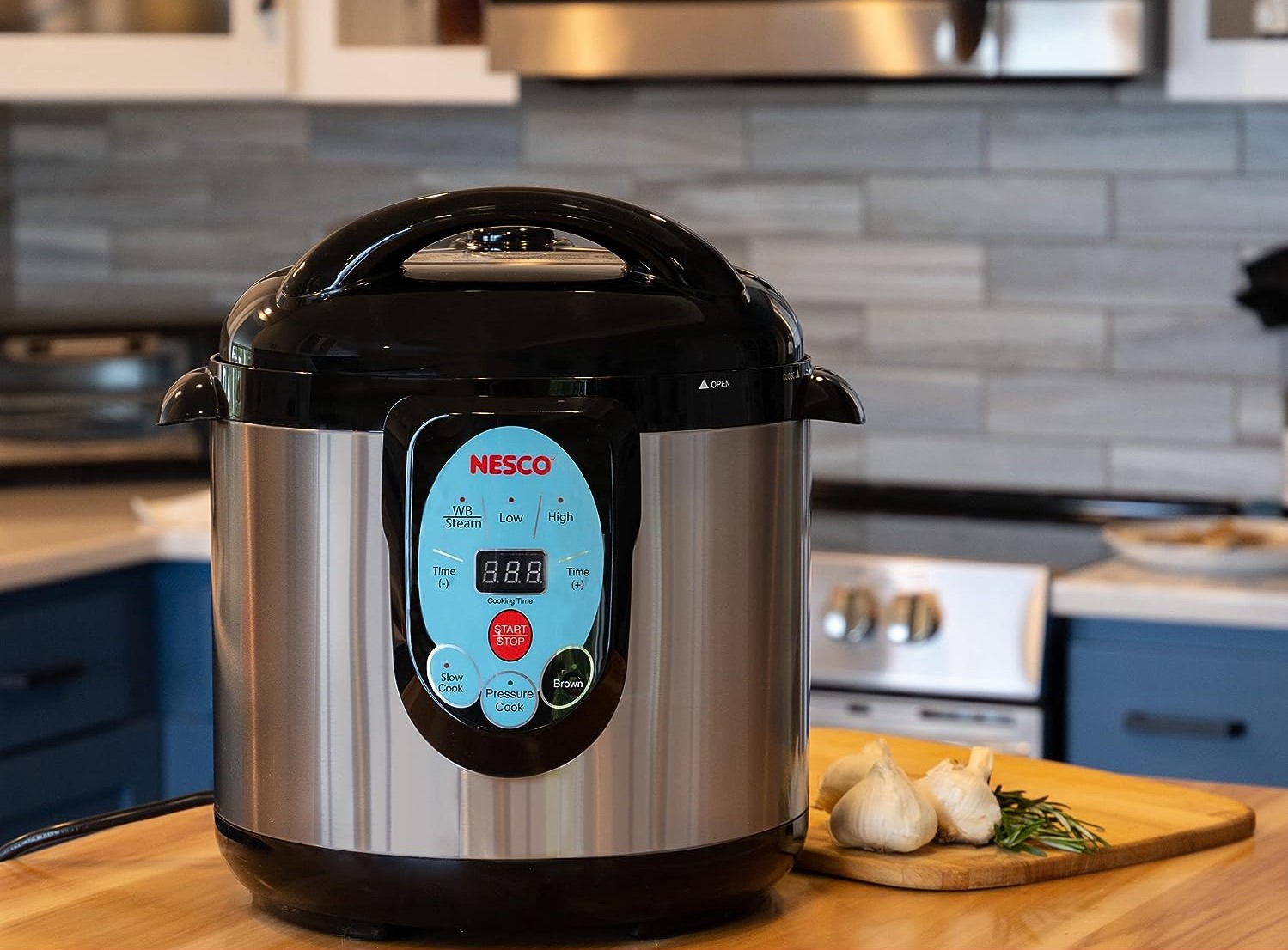
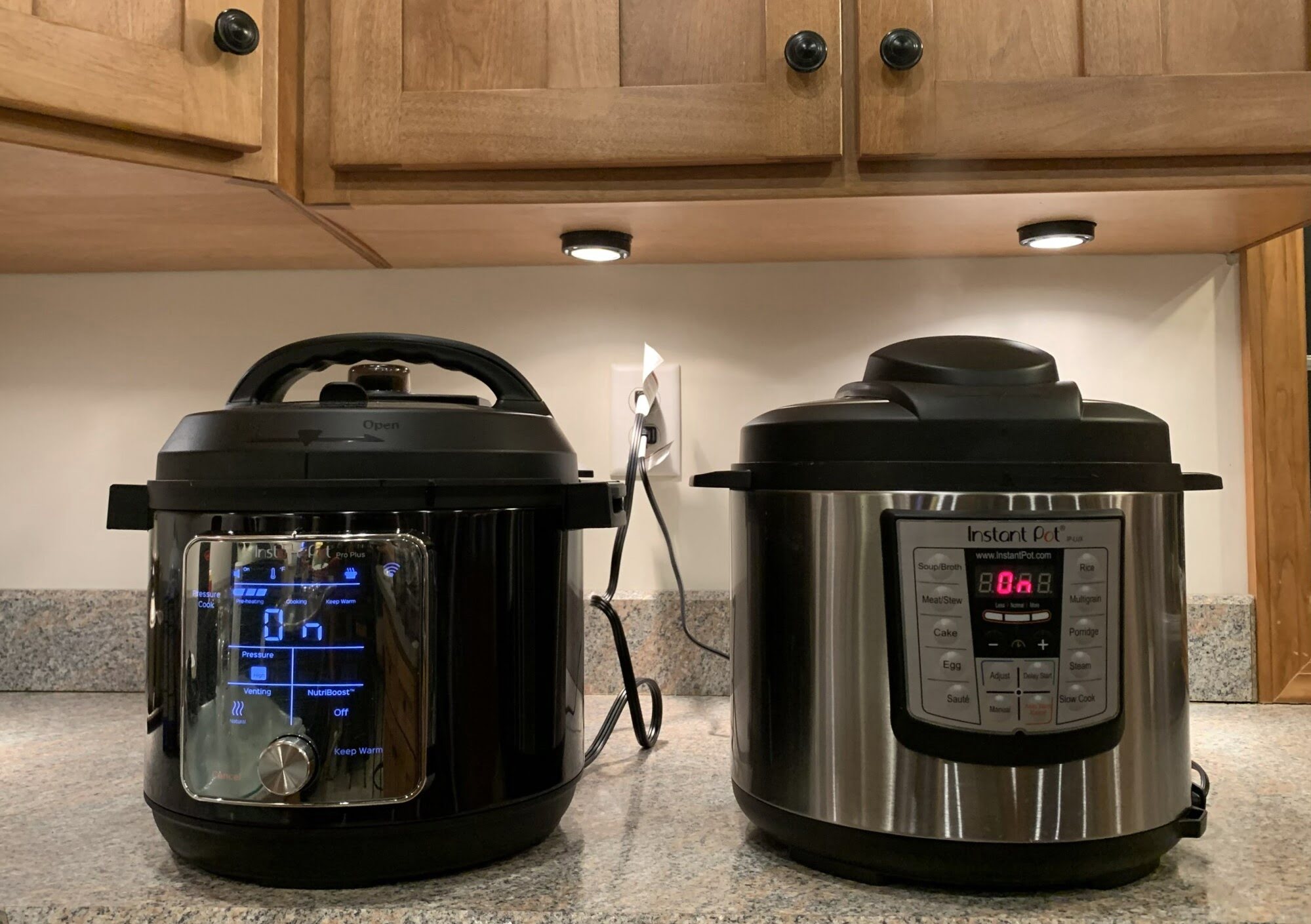
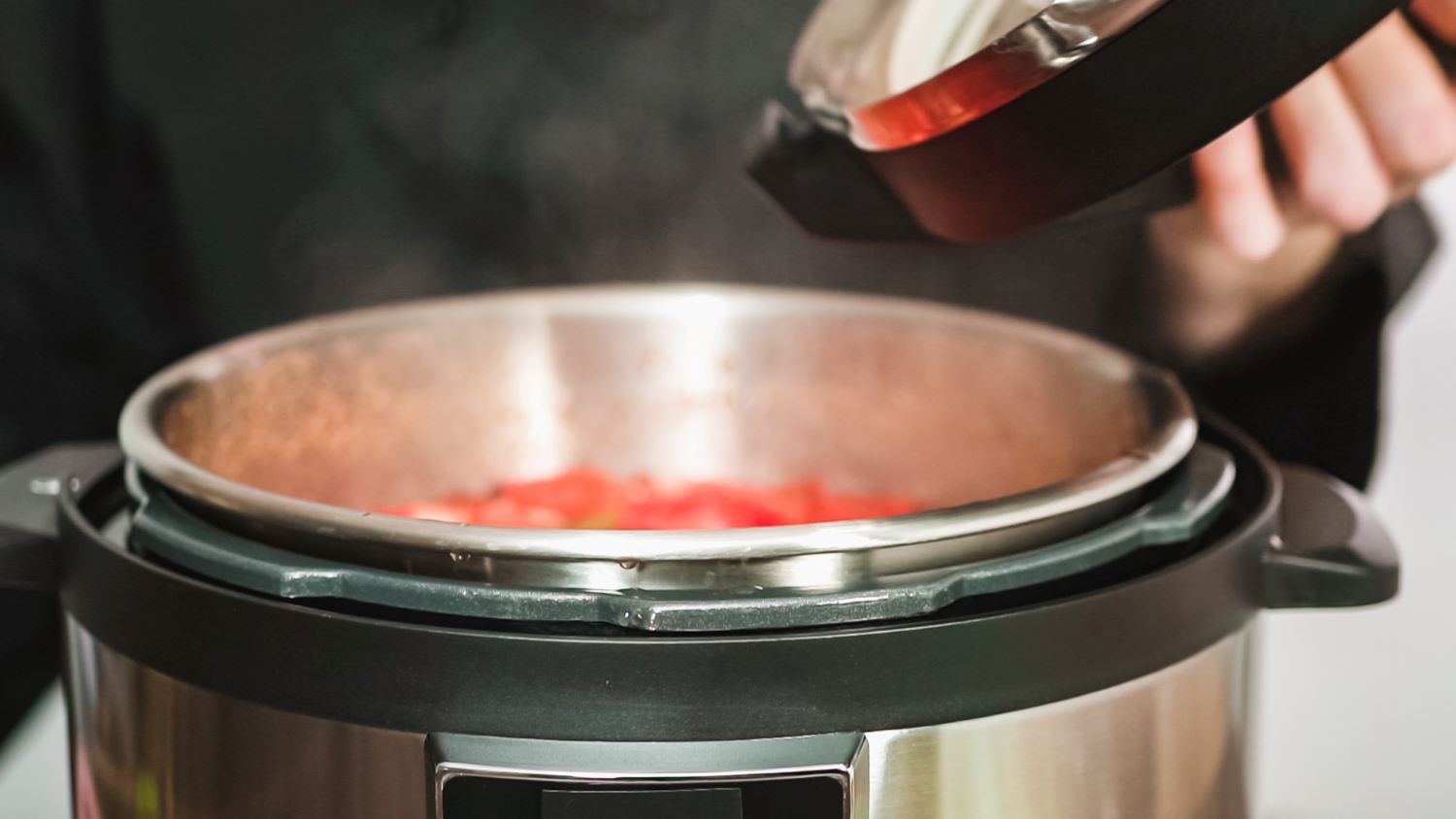
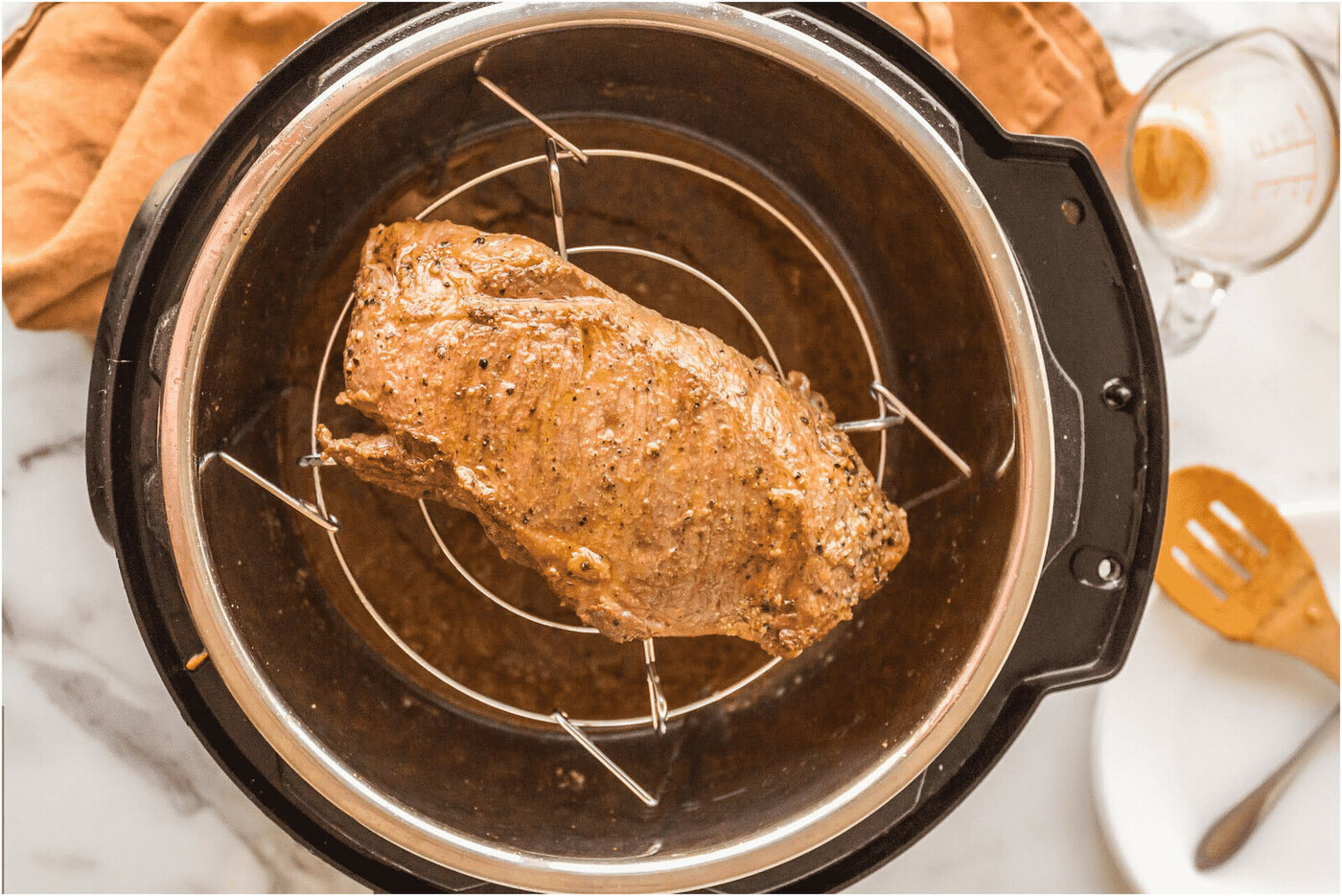
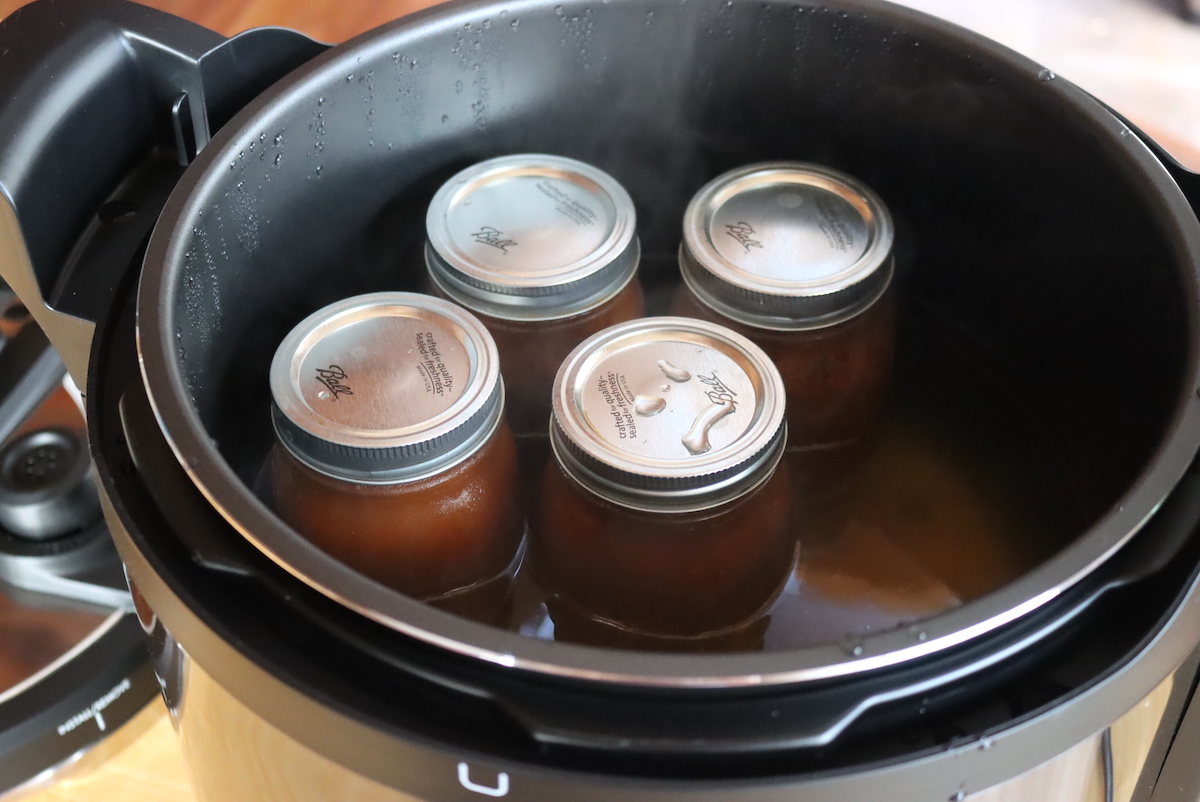
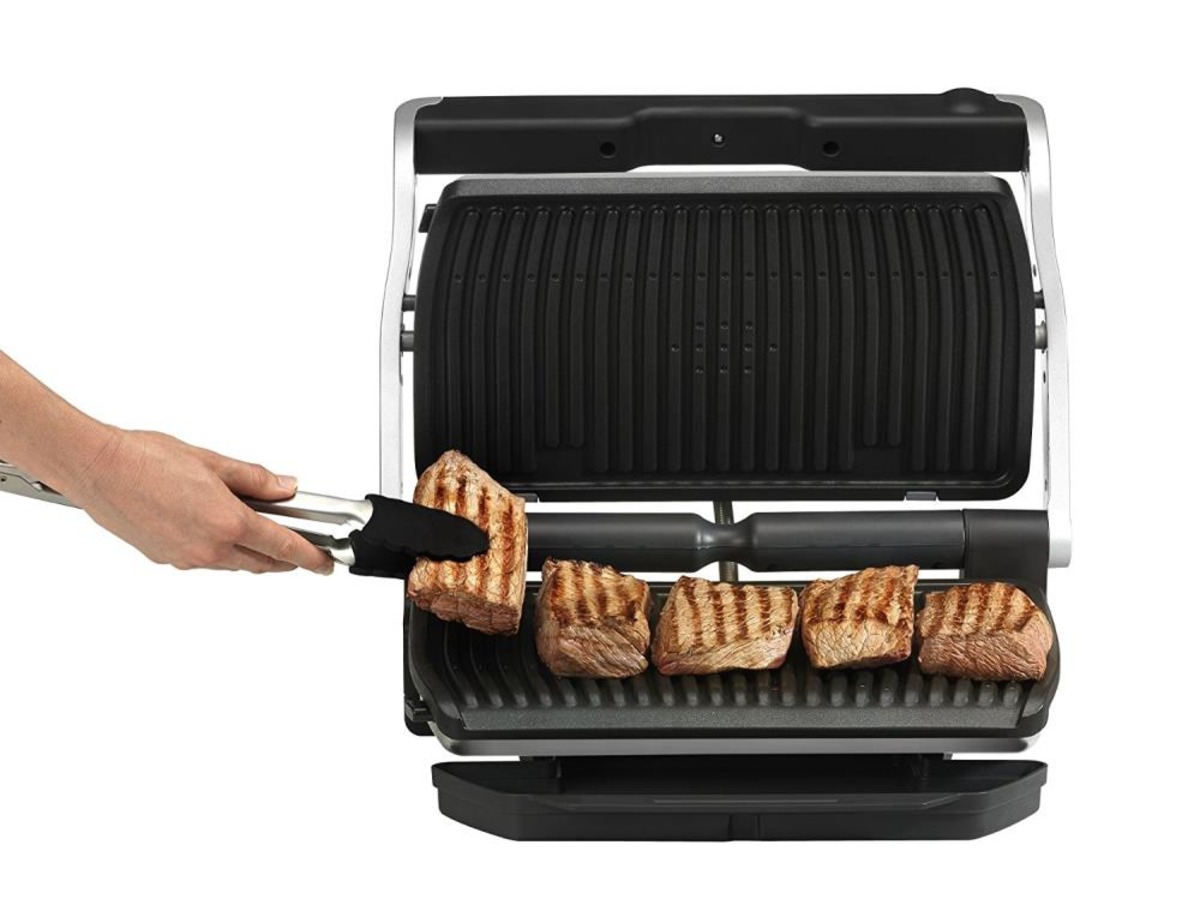
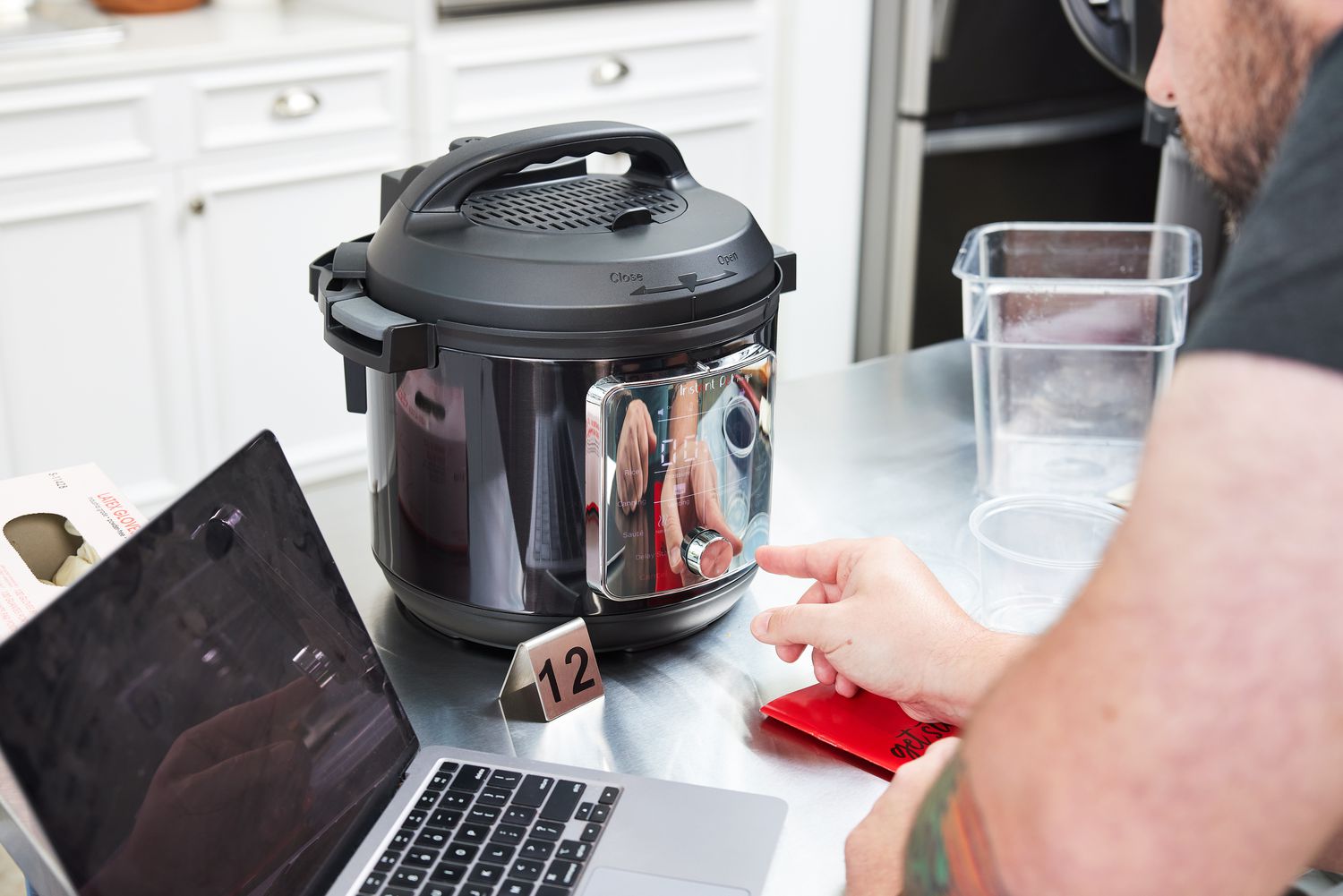
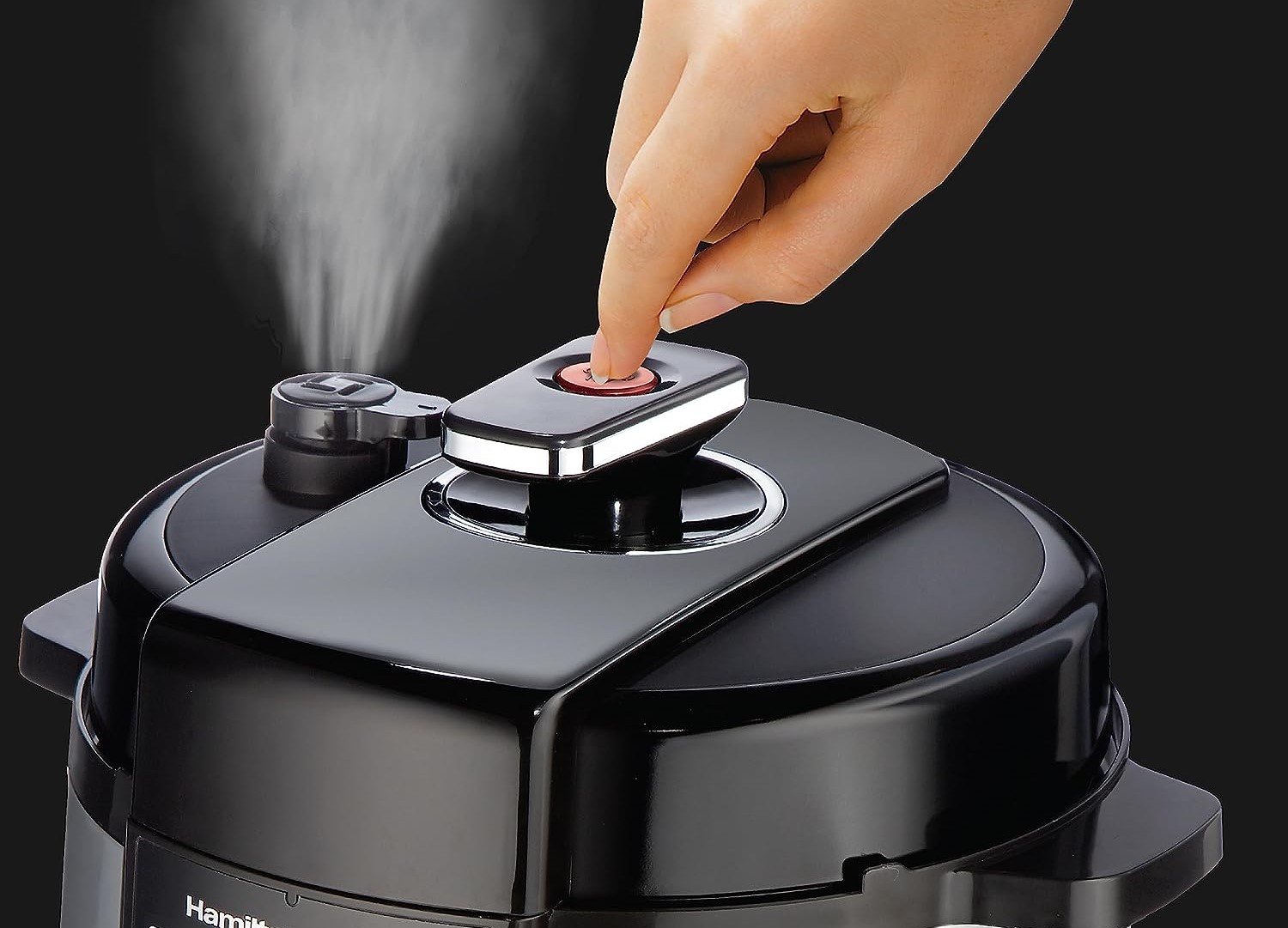
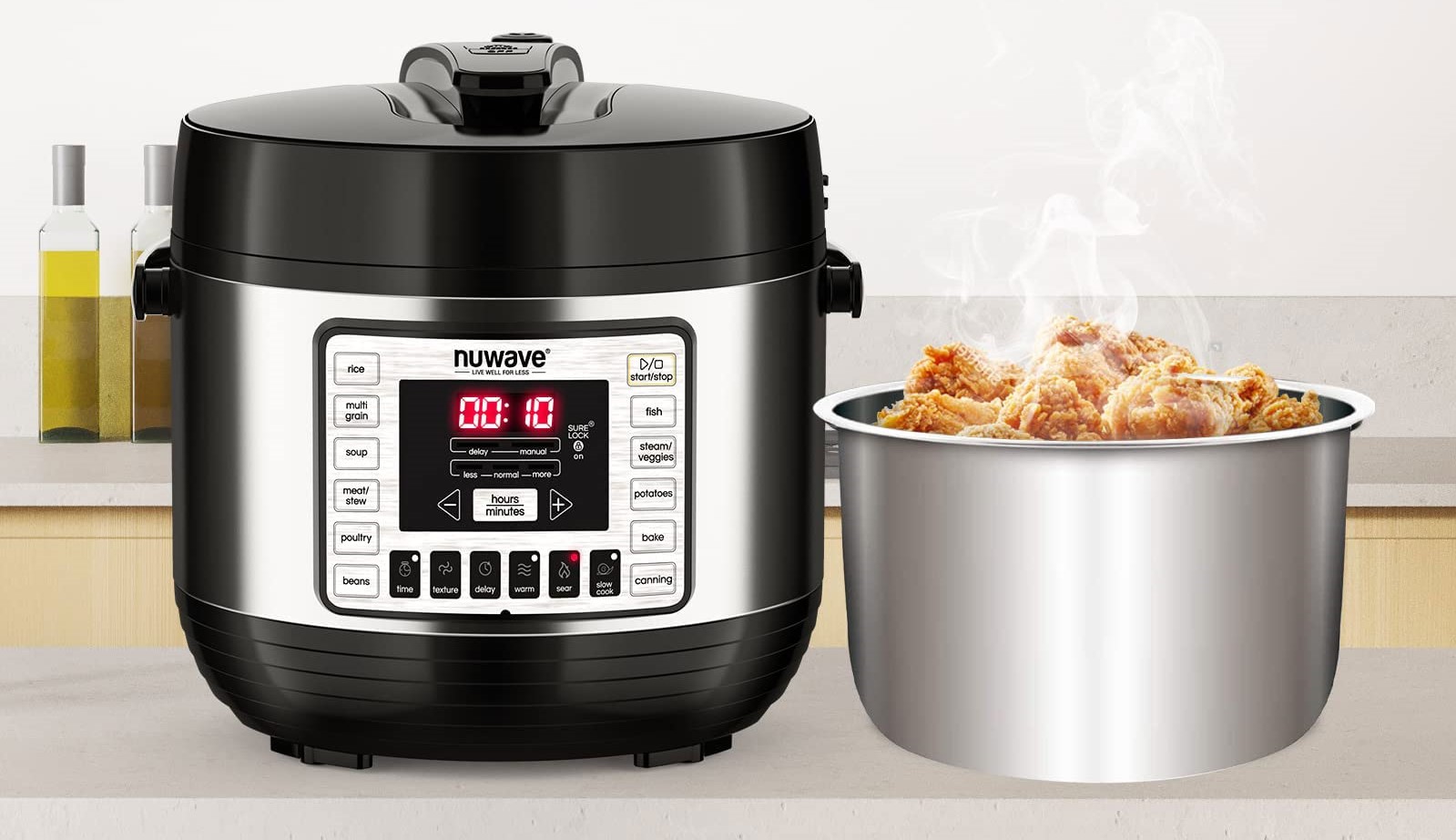


0 thoughts on “How To Use T-Fal Electric Pressure Cooker”